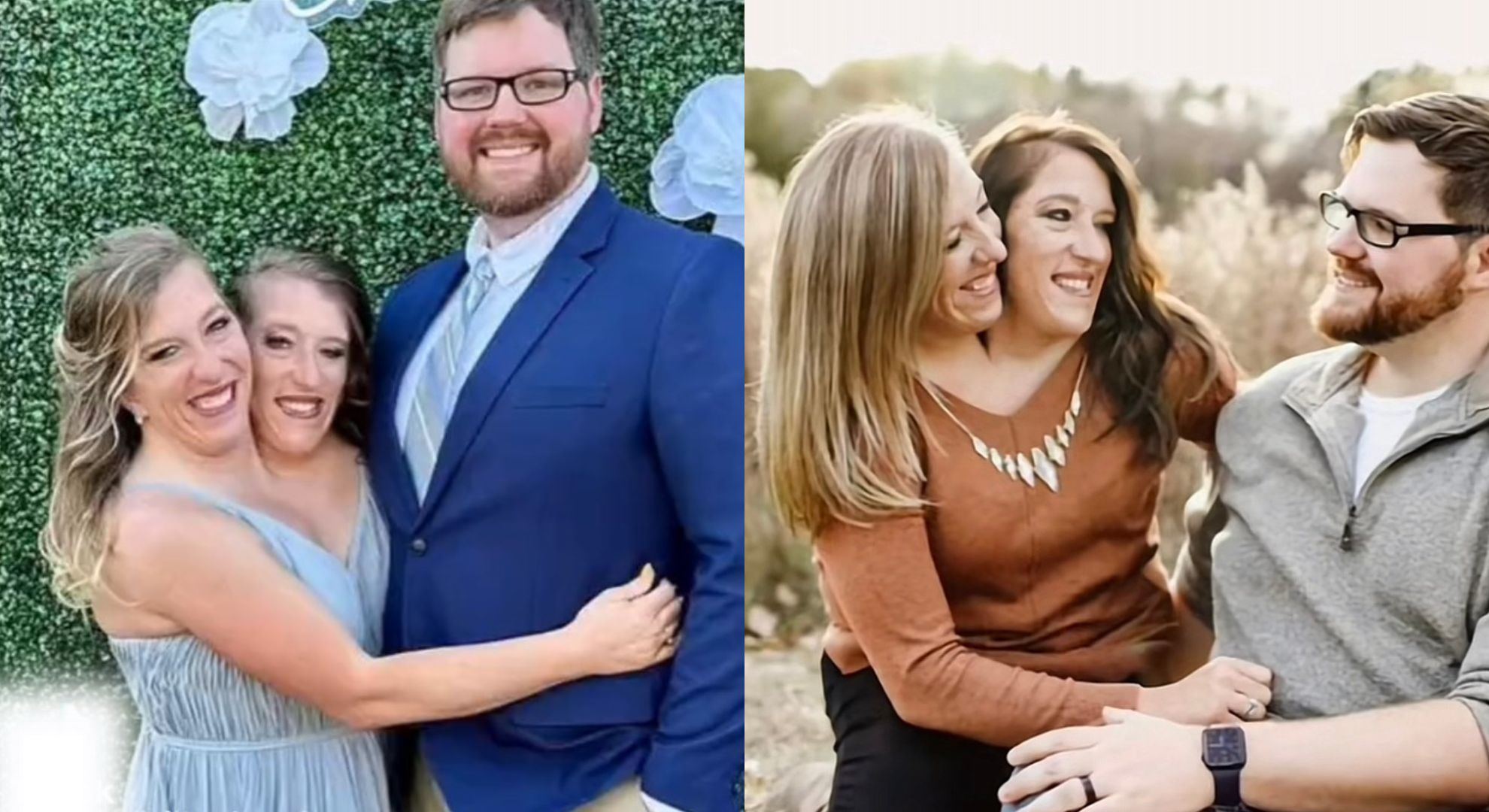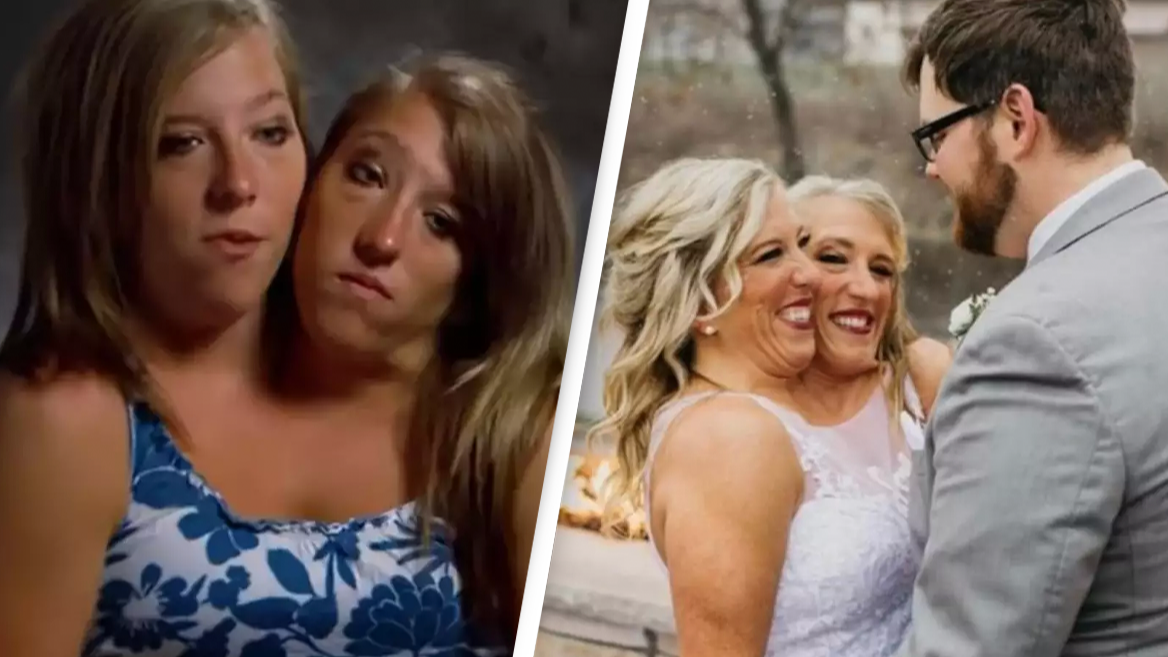Conjoined twins Abby and Brittany Hensel have been a hot topic of conversation ever since they were spotted out and about holding a baby. So, Parade asked Dr. Sujatha Reddy, an OBGYN with Premier Care for Women in Atlanta, Ga., what is possible in childbirth considering this rare situation.
To recap: Josh Bowling married Abby, who is conjoined with her twin sister, Brittany, in 2021. The 35-year-olds, who rose to fame when Abby & Brittany aired on TLC in 2012, are dicephalus conjoined twins — defined by the National Library of Medicine as people who are “fused side-by-side with a shared pelvis.”
The two were photographed with a newborn in August 2025, sparking rumors that they had welcomed a child, but Bowling told People the TikTok account that appears to be run by his family is fake and that they have not confirmed any news relating to a new addition to their family.
Still, can they actually have a child? “It’s so rare,” Dr. Reddy exclusively tells Parade, adding that there are so many variables in this case, including a possible cesarean section (C-section) or potetial use of a surrogate.
Dr. Reddy, who has not treated the sisters, continues, “It says everywhere that they have one set of reproductive organs, so they have one uterus, two ovaries, one vagina is what I can gather. It’s hard to know from a pain perspective if they both would feel the exact same thing. I think they would. [With] conjoined twins, if you don’t know this, it’s like they were meant to be identical twins, and they just didn’t pull apart enough.”
She says, “What I could read about them is they have actually two stomachs, and they feel stomach pain in different places, but below the waist, they have one set of organs.”
If they were to have a baby naturally, Dr. Reddy says that they would be given one epidural. “I don’t know if they both would feel the pain; I think they would,” she says. “Does one have one ovary and one the other? It doesn’t matter because their DNA is the same because I think they’re identical. … They’re having sex with one vagina.”
She explains, “When you have these sort of congenital malformations — I’m just going to use that term, like birth defects, essentially, and I’m not trying to be mean — but sometimes organs don’t form properly. Embryogenesis is a little bit messed up here. It did not go exactly according to plan. I don’t know what kind of uterus they have. What I read was that they have the same organs — one bladder, one uterus, so one vagina; it just said one reproductive tract — they could get pregnant.”
If conjoined twins like the Hensels do, in fact, have a baby, Dr. Reddy says that they “should be” able to breastfeed.
In the Hensels’ case, “I can’t tell you if the breasts are developed enough,” Dr. Reddy says. “What if the breasts are not that developed? [What if they’re] not fully formed because of them being conjoined? If that’s the case, I don’t know. But if they have normal breast tissue there, I think they should be able to. Again, it’s so rare. My best educated guess is, I think that they would OK.”


As to who is listed on the birth certificate in a situation like this, Dr. Reddy doesn’t know who truly would be put down as the mother to the child. “This is such a rare phenomenon,” she concludes. “I tried to look it up to see if it happened before, and one NIH [National Institutes of Health] article I looked at said that there was one set of conjoined twins. … Supposedly, they had 22 children, in this article. Now, I don’t know if that’s true or not. I’ve never heard of this happening before. Seventy-five percent of conjoined twins don’t live past one year.”

This story was originally reported by Parade on Sep 15, 2025, where it first appeared in the Celebs section. Add Parade as a Preferred Source by clicking here.










